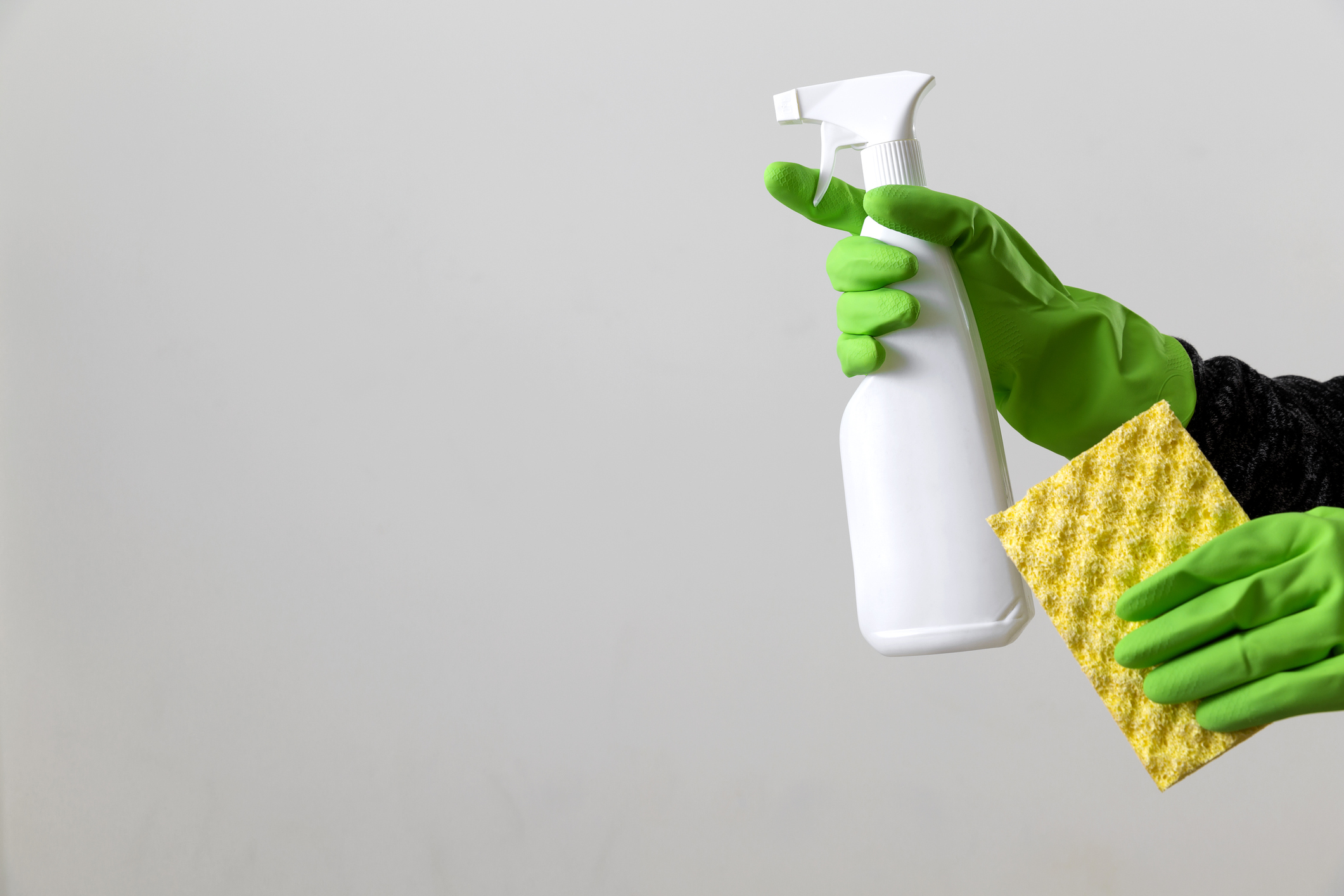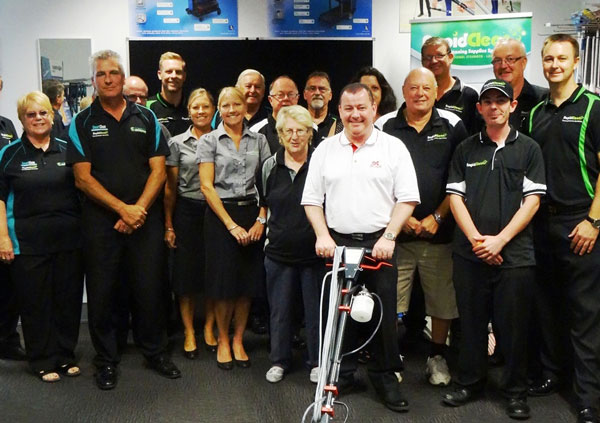
Disinfectants are as powerful and efficient (when used correctly) as they can be complicated to use.
I’m asking all cleaning contractors reading this article to stop reading it. Go to your janitorial closet, pick up a container of disinfectant, and read the label. Understanding the information on a disinfectant product label is essential for efficient cleaning and the removal of germs and bacteria that may cause disease. We will explore below what you are likely to find on the label and why it is listed*.
So, let’s begin:
- Looking at the label, you should see a symbol indicating the disinfectant is registered by the Australian Register of Therapeutic Goods (ARTG). This tells you the disinfectant has been tested and proven effective for use in Australia. If the disinfectant is manufactured in the US, it will likely also have an EPA Registration number on the label.
- At the top of the label will be the logo and name of the company that manufactured the disinfectant.
- Below that will be a short product description, for instance, “Disinfectant-Cleaner, Sanitiser, Fungicide, for hospitals and industrial use.”
- A list of ingredients will follow, along with a description of the hazards related to humans and animals when using this product.
- The label should also recommend what personal protective gear to wear when working with this product, and specify what to do should it be splashed into the eyes or ingested.
- Usage instructions for the product, such as “allow the treated surface to remain moist for at least 15 minutes before wiping or rinsing,” will also appear on the label.
- And below that, it will list the many types of pathogens the disinfectant is designed to kill. These are referred to as “kill claims”.
The label provides the user with key information needed to match the product to a specific purpose and to keep cleaning workers safe and healthy. Consider how the label guides cleaning workers in a medical center who may need a disinfectant that will target and eliminate a particular pathogen. If that pathogen is not listed on the label, this disinfect may prove to be ineffective.
This first appeared in the July/August issue of INCLEAN magazine. To read the full article, click here.





